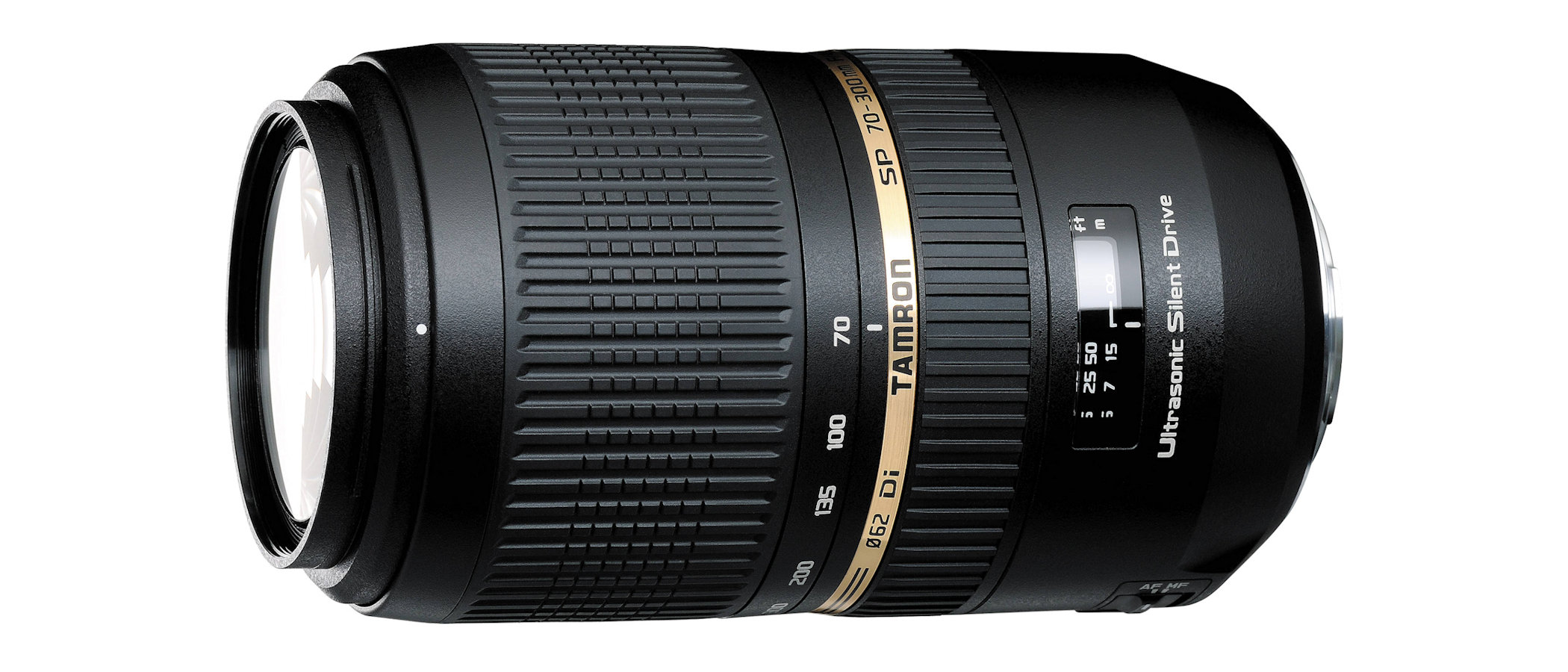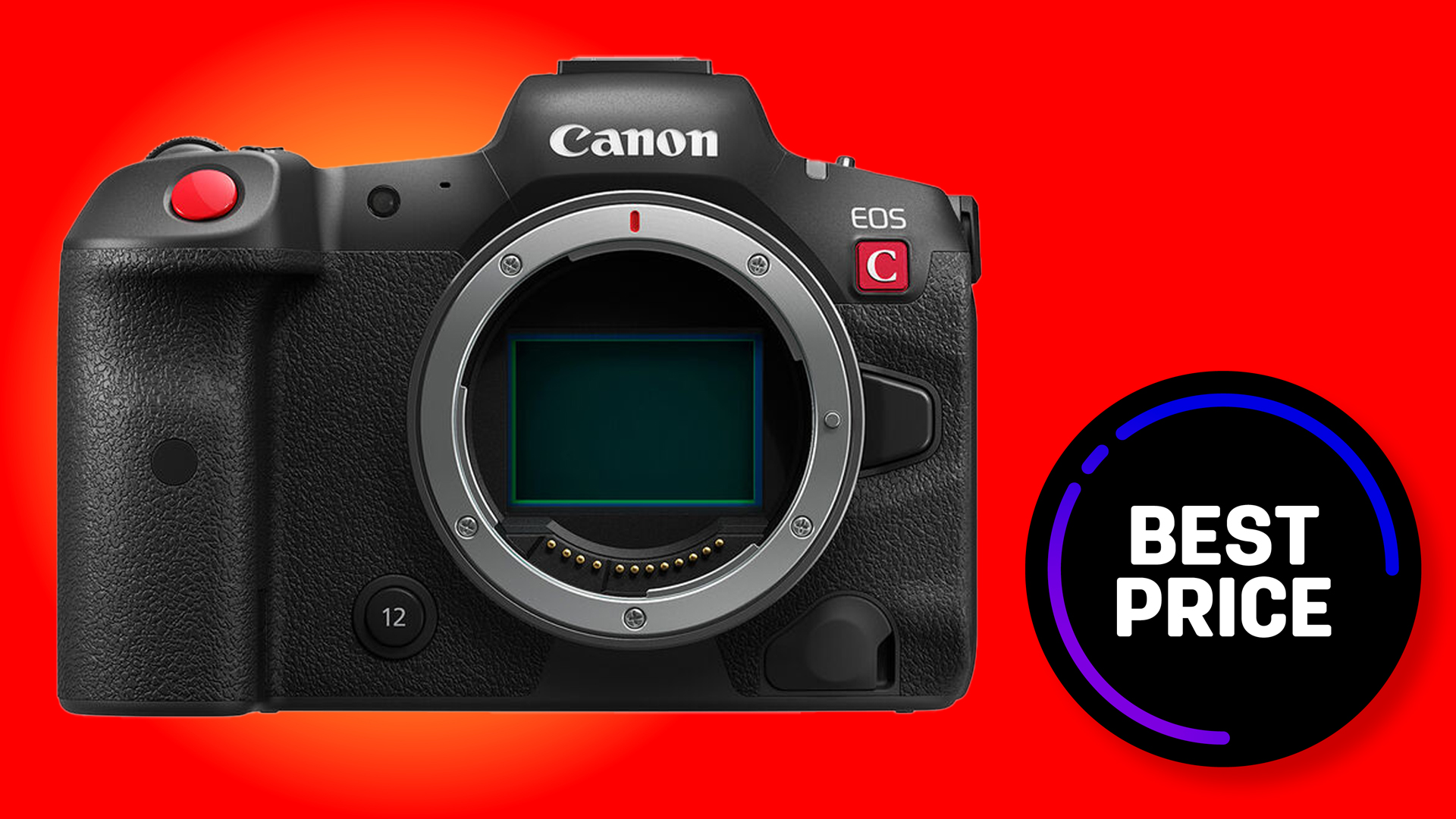Digital Camera World Verdict
No longer in production, this Tamron lens is an excellent second-hand buy for Canon and Nikon DSLRs, although it’s not compatible with Nikon Z system cameras via an FTZ or FTZ II, and the Canon-mount version needs a Tamron service update for compatibility with EOS R cameras via an EF-EOS R adapter. Even so, it’s a high-performance lens for both makes of DSLR with fast autofocus and effective optical stabilization.
Pros
- +
4-stop optical stabilization
- +
Fast ring-type ultrasonic AF
- +
Good overall image quality
Cons
- -
Sharpness could be better
- -
Mirrorless incompatibility issues
- -
Lacks weather seals
Why you can trust Digital Camera World
Having lost ground to Sigma and Tamron 100-400mm lightweight telephoto zooms, the Tamron SP 70-300mm f/4-5.6 Di VC USD was the last man standing. It was still in production long after Sigma had given up with 70-300mm zooms, and was superior to Sigma’s last offering in every way. You’d be hard pressed to find a new one but it makes a very good used buy for Canon and Nikon DSLRs.
Specifications
Mount: Canon EF, Nikon F
Full frame: Yes
Autofocus: Yes
Stabilization: Yes
Lens construction: 17 elements in 12 groups
Angle of view: 34.3-8.2 degrees
Diaphragm blades: 9
Minimum aperture: f/32-45
Minimum focusing distance: 1.5m
Maximum magnification ratio: 0.25x
Filter size: 62mm
Dimensions: 82x151mm
Weight: 765g
Key features
For a ‘budget’ zoom, this Tamron has an exotic optical path that features LC (Low Dispersion) and XLD (eXtra Low Dispersion) elements, and a fast autofocus system that’s based on a ring-type ultrasonic motor. Unlike in Tamron’s previous edition of the lens, focusing is internal, so the front element doesn’t rotate. Build quality is far superior, although it lacks the weather-seals built into most of Tamron’s recent lenses. This latest model also boasts the all-important addition of image stabilization, or VC (Vibration Compensation) as Tamron calls it.
It was actually the first Tamron lens to feature ring-type ultrasonic autofocus, or USD (Ultrasonic Silent Drive). It comes with the usual full-time manual override, via a mechanically coupled focus ring, and a focus distance scale beneath a viewing panel. The stabilization system is also proprietary, based on a system in which driving coils electromagnetically control the stabilizing lens group via three steel balls. It gives roughly a 4-stop benefit for static shooting but, in our tests, proved less effective when panning. Unlike competing ‘budget’ class Canon lenses, the Tamron is supplied complete with a petal shaped hood.
Performance
Overall performance and image quality are highly respectable for such a budget-friendly telephoto zoom. It’s not as sharp as the latest 70-300mm lenses from Canon and Nikon, throughout the zoom range, but the Tamron is capable of very good results.
Lab results
We run a range of lab tests under controlled conditions, using the Imatest Master testing suite. Photos of test charts are taken across the range of apertures and zooms (where available), then analyzed for sharpness, distortion and chromatic aberrations.
We use Imatest SFR (spatial frequency response) charts and analysis software to plot lens resolution at the center of the image frame, corners and mid-point distances, across the range of aperture settings and, with zoom lenses, at four different focal lengths. The tests also measure distortion and color fringing (chromatic aberration).
Sharpness:
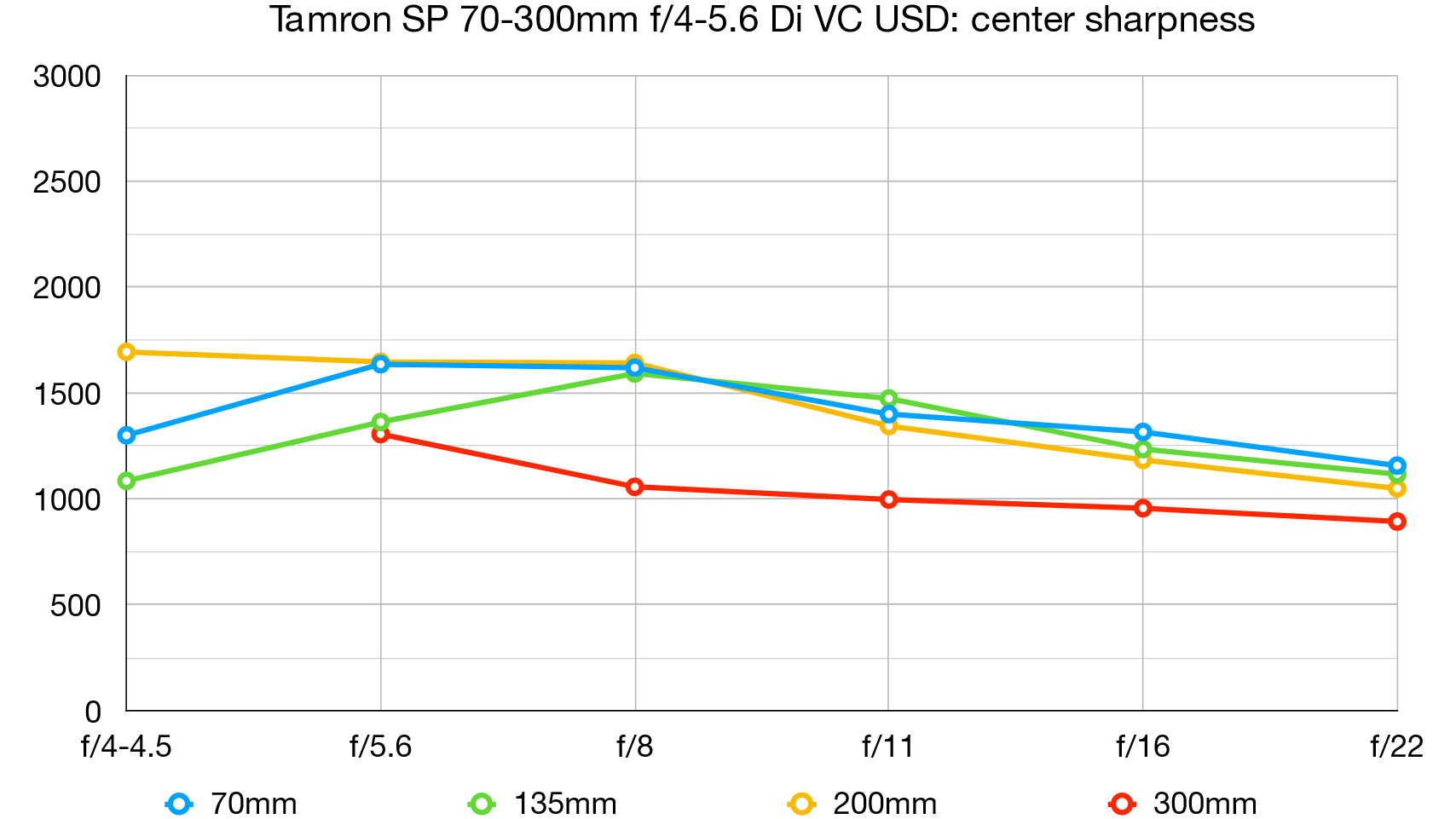
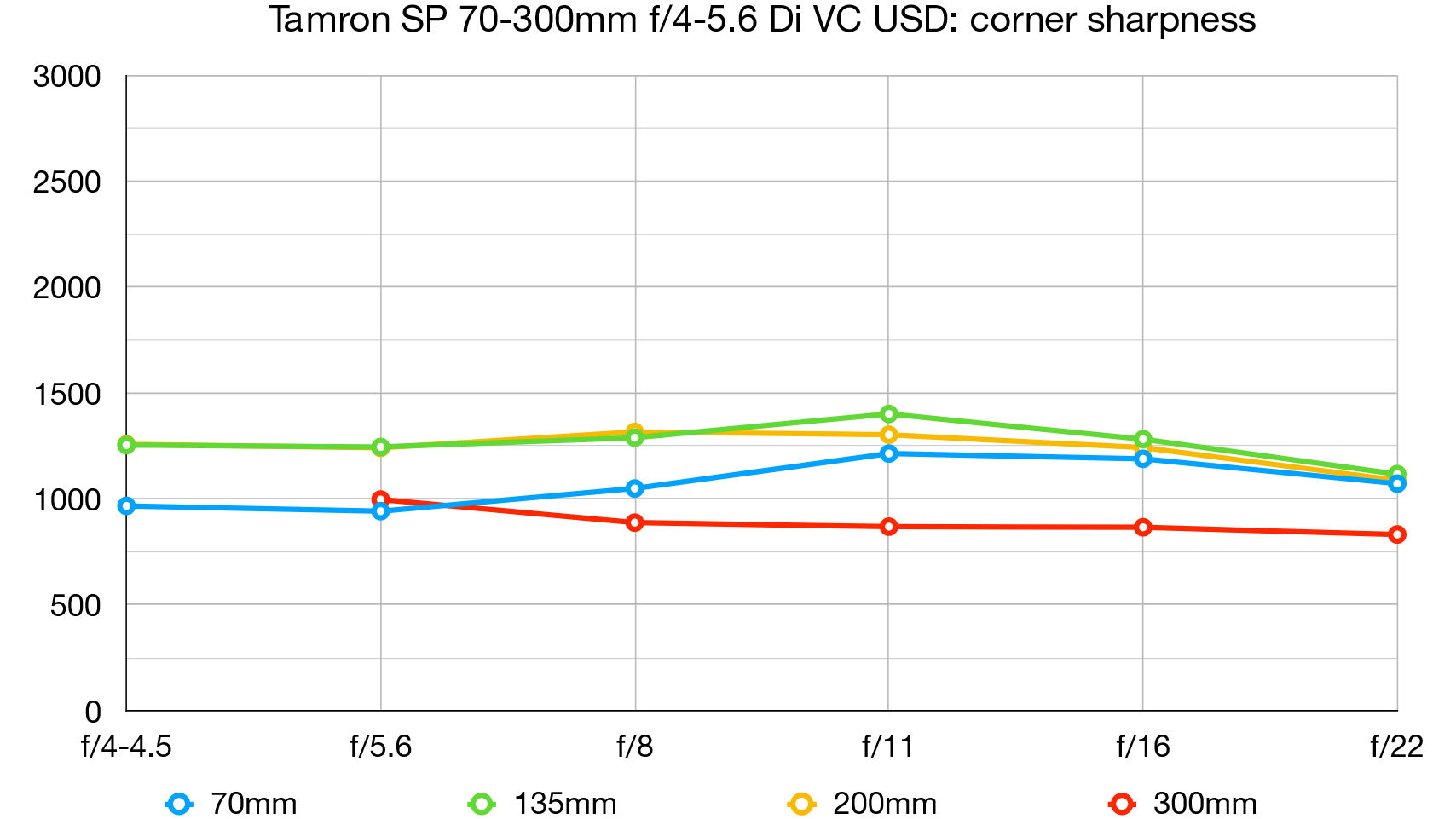
Sharpness levels are a bit up and down as you go through the zoom range but pretty good overall.
Fringing:
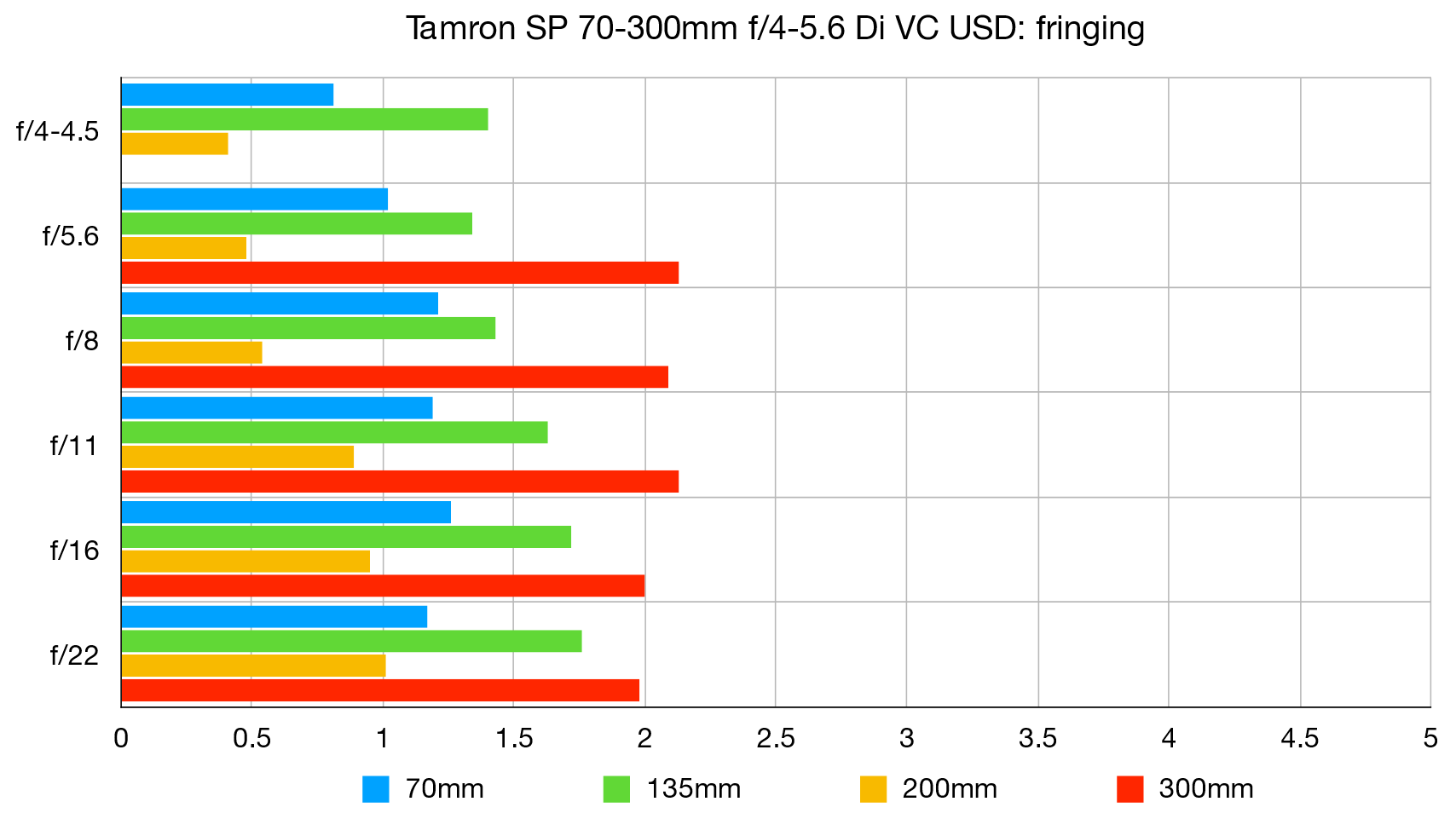
Color fringing is pretty well controlled at both ends of the zoom range, and very well in the middle region.
Distortion:
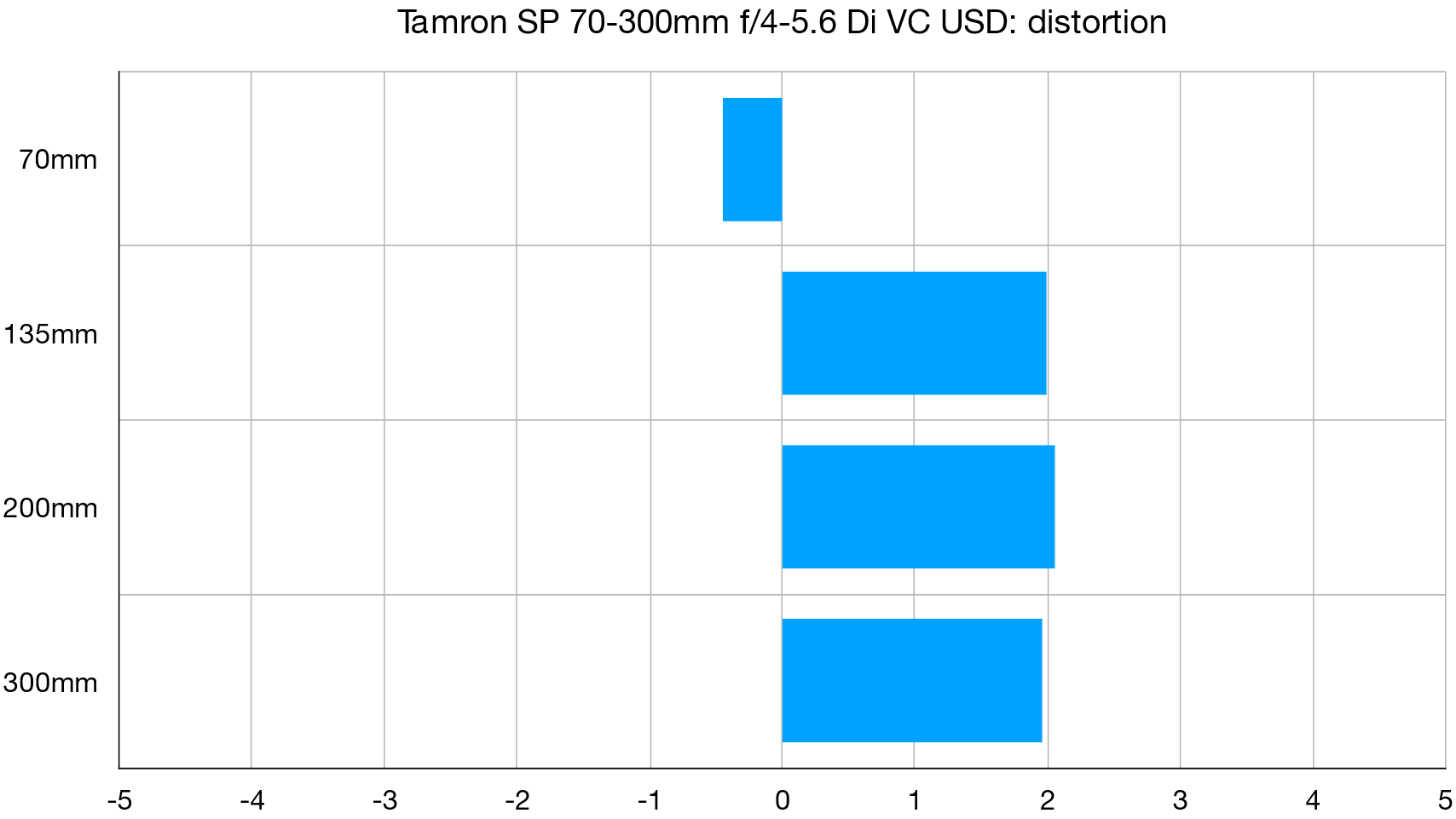
There’s only minor barrel distortion at 70mm but noticeable pincushion at mid to long zoom settings.
Verdict
No longer in production, this Tamron lens is an excellent second-hand buy for Canon and Nikon DSLRs, although it’s not compatible with Nikon Z system cameras via an FTZ or FTZ II, and the Canon-mount version needs a Tamron service update for compatibility with EOS R cameras via an EF-EOS R adapter. Even so, it’s a high-performance lens for both makes of DSLR with fast autofocus and effective optical stabilization.
Read more:
• Best camera lenses to get
• Best Canon lenses
• Best Nikon lenses
• Best Sony lenses
Matthew Richards is a photographer and journalist who has spent years using and reviewing all manner of photo gear. He is Digital Camera World's principal lens reviewer – and has tested more primes and zooms than most people have had hot dinners!
His expertise with equipment doesn’t end there, though. He is also an encyclopedia when it comes to all manner of cameras, camera holsters and bags, flashguns, tripods and heads, printers, papers and inks, and just about anything imaging-related.
In an earlier life he was a broadcast engineer at the BBC, as well as a former editor of PC Guide.
